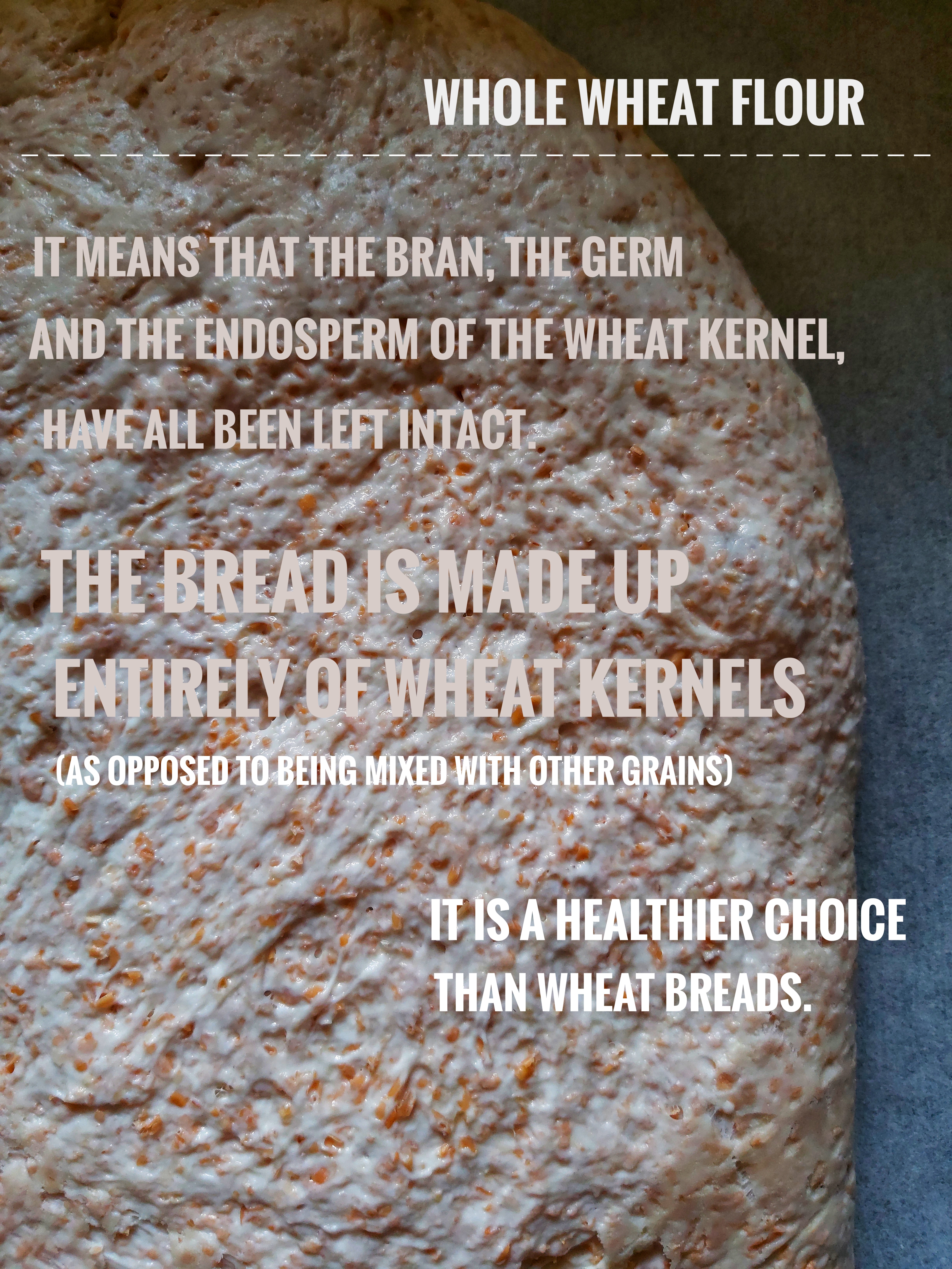As opposed to cow’s milk which contains the allergenic protein “A1 casein” (a highly inflammatory protein for the human body), goat’s milk contains A2 casein, that makes it – protein wise – the closest milk to human breast milk, hypoallergenic and tolerated even by babies
Therefore it is always preferable to consume goat milk and goat dairy products, especially when they come from free animals who grazing on grass
So, always using our favorite 100% organic brand of dairy products, the award-winning and prestigious Greek Creamery “Flegga”. Today’s smoothie includes goat’s bio kefir with the addition of aloe vera, green grapes, green apple and spinach. Just add all ingredients into a blender (after freezing the grapes) and mix until velvety and creamy.
Aloe vera contains 75 potentially active constituents: vitamins, enzymes, minerals, sugars, lignin, saponins, salicylic acids and amino acids.
Green grapes , spinach & green apples are rich of vit A, B2, B6, E, C and K, potassium, iron, calcium, magnesium, copper, manganese, zinc, phosphorus.
References
- Food is Medicine – “Goat Milk Benefits are Superior to Cow Milk”. Written by Dr Josh Axe on May 20, 2015
http://www.draxe.com/goat-milk - Benefits and medical uses of Aloe https://www.medicalnewstoday.com/articles/265800
“Let food be thy medicine, thy medicine shall be thy food”
«ΦΑΡΜΑΚΟ ΑΣ ΓΙΝΕΙ Η ΤΡΟΦΗ ΣΑΣ ΚΑΙ Η ΤΡΟΦΗ ΣΑΣ ΑΣ ΓΙΝΕΙ ΦΑΡΜΑΚΟ ΣΑΣ»
Hippocrates (4° Century BC)



Ingredients for 1 person: 1/2cup organic goat kefir by Flegga
150 gr aloe Vera
10- 15 frozen green grapes without seeds
1/2 green apple
Spinach leaves about 20 leaves
Agave or marple syrup 2 tbs
Method: Wash and freeze the grapes, simply by placing them in a plastic container.
The next day, wash the spinach leaves and cut the apple into small pieces. Do not peel it.
Cut a piece of aloe, more or less than 20cm.
Cut out the green peel and remove the gel with the help of a spoon.
Add all ingredients into the blender, frozen grapes, apple, spinach, aloe gel, kefir, agave or maple syrup.
Blend few minutes until velvety and creamy. Serve immediately

































![20200415_175847-01-01-01[1]](https://enogastronomista.files.wordpress.com/2020/04/20200415_175847-01-01-011.jpeg)
![20200415_180017-01[1]](https://enogastronomista.files.wordpress.com/2020/04/20200415_180017-011.jpeg)
![20200415_180131-01-01-01[1]](https://enogastronomista.files.wordpress.com/2020/04/20200415_180131-01-01-011.jpeg)
![20200415_182837-02-01[1]](https://enogastronomista.files.wordpress.com/2020/04/20200415_182837-02-011.jpeg)
![20200415_174035-01-01[1]](https://enogastronomista.files.wordpress.com/2020/04/20200415_174035-01-011.jpeg)
![20200411_173757-01[1]](https://enogastronomista.files.wordpress.com/2020/04/20200411_173757-011.jpeg)
![20200411_172537-01[1]](https://enogastronomista.files.wordpress.com/2020/04/20200411_172537-011.jpeg)
![20200411_172420-01[1]](https://enogastronomista.files.wordpress.com/2020/04/20200411_172420-011.jpeg)
![20200411_172514-01[1]](https://enogastronomista.files.wordpress.com/2020/04/20200411_172514-011.jpeg)
![20200411_154719-01[1]](https://enogastronomista.files.wordpress.com/2020/04/20200411_154719-011.jpeg)
![20200411_194307[1]](https://enogastronomista.files.wordpress.com/2020/04/20200411_1943071.jpg)
![20200411_194707-01[1]](https://enogastronomista.files.wordpress.com/2020/04/20200411_194707-011.jpeg)
![20200412_140007-01-01-01[1]](https://enogastronomista.files.wordpress.com/2020/04/20200412_140007-01-01-011.jpeg)
![20200411_161908-01[1] 20200411_161908-01[1]](https://enogastronomista.files.wordpress.com/2020/04/20200411_161908-011.jpeg?w=471&resize=471%2C628#038;h=628)
![20200411_162009-01[1] 20200411_162009-01[1]](https://enogastronomista.files.wordpress.com/2020/04/20200411_162009-011.jpeg?w=471&resize=471%2C628#038;h=628)
![20200411_181641-01-01[1] 20200411_181641-01-01[1]](https://enogastronomista.files.wordpress.com/2020/04/20200411_181641-01-011.jpeg?w=946&resize=946%2C710#038;h=710)
![20200411_163717-01[1]](https://enogastronomista.files.wordpress.com/2020/04/20200411_163717-011.jpeg)
![20200410_173555-01-01[1]](https://enogastronomista.files.wordpress.com/2020/04/20200410_173555-01-011.jpeg)
![20200410_173157-01[1]](https://enogastronomista.files.wordpress.com/2020/04/20200410_173157-011.jpeg)
![20200410_173351-01-01-01[2]](https://enogastronomista.files.wordpress.com/2020/04/20200410_173351-01-01-012.jpeg)
![20200410_160958-01[1] 20200410_160958-01[1]](https://enogastronomista.files.wordpress.com/2020/04/20200410_160958-011.jpeg?w=234&resize=234%2C311#038;h=311)
![20200410_161319-01[1] 20200410_161319-01[1]](https://enogastronomista.files.wordpress.com/2020/04/20200410_161319-011.jpeg?w=234&resize=234%2C311#038;h=311)
![20200410_161646-01[1] 20200410_161646-01[1]](https://enogastronomista.files.wordpress.com/2020/04/20200410_161646-011.jpeg?w=233&resize=233%2C311#038;h=311)
![20200410_162238-01[1] 20200410_162238-01[1]](https://enogastronomista.files.wordpress.com/2020/04/20200410_162238-011.jpeg?w=233&resize=233%2C311#038;h=311)
![20200410_164902-01[1] 20200410_164902-01[1]](https://enogastronomista.files.wordpress.com/2020/04/20200410_164902-011.jpeg?w=234&resize=234%2C311#038;h=311)
![20200410_164944-01[1] 20200410_164944-01[1]](https://enogastronomista.files.wordpress.com/2020/04/20200410_164944-011.jpeg?w=233&resize=233%2C311#038;h=311)
![20200410_165150-01[1] 20200410_165150-01[1]](https://enogastronomista.files.wordpress.com/2020/04/20200410_165150-011.jpeg?w=233&resize=233%2C311#038;h=311)
![20200407_174427-01-01-01[1]](https://enogastronomista.files.wordpress.com/2020/04/20200407_174427-01-01-011-1.jpeg)
![20200407_174026-01-01[1]](https://enogastronomista.files.wordpress.com/2020/04/20200407_174026-01-011.jpeg)
![20200407_173647-01[1] 20200407_173647-01[1]](https://enogastronomista.files.wordpress.com/2020/04/20200407_173647-011.jpeg?w=471&resize=471%2C628#038;h=628)
![20200407_174916-01[1] 20200407_174916-01[1]](https://enogastronomista.files.wordpress.com/2020/04/20200407_174916-011.jpeg?w=471&resize=471%2C628#038;h=628)























